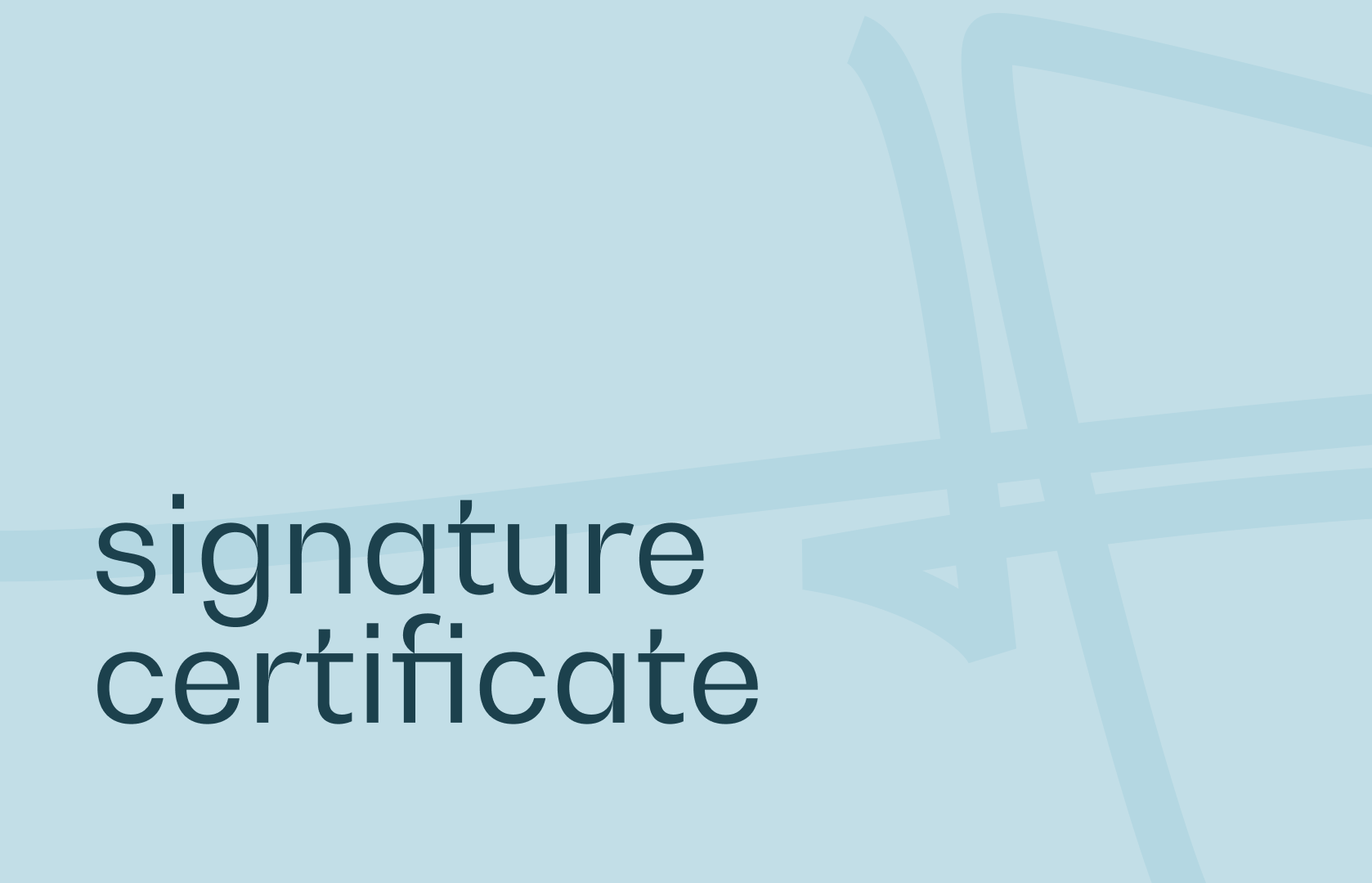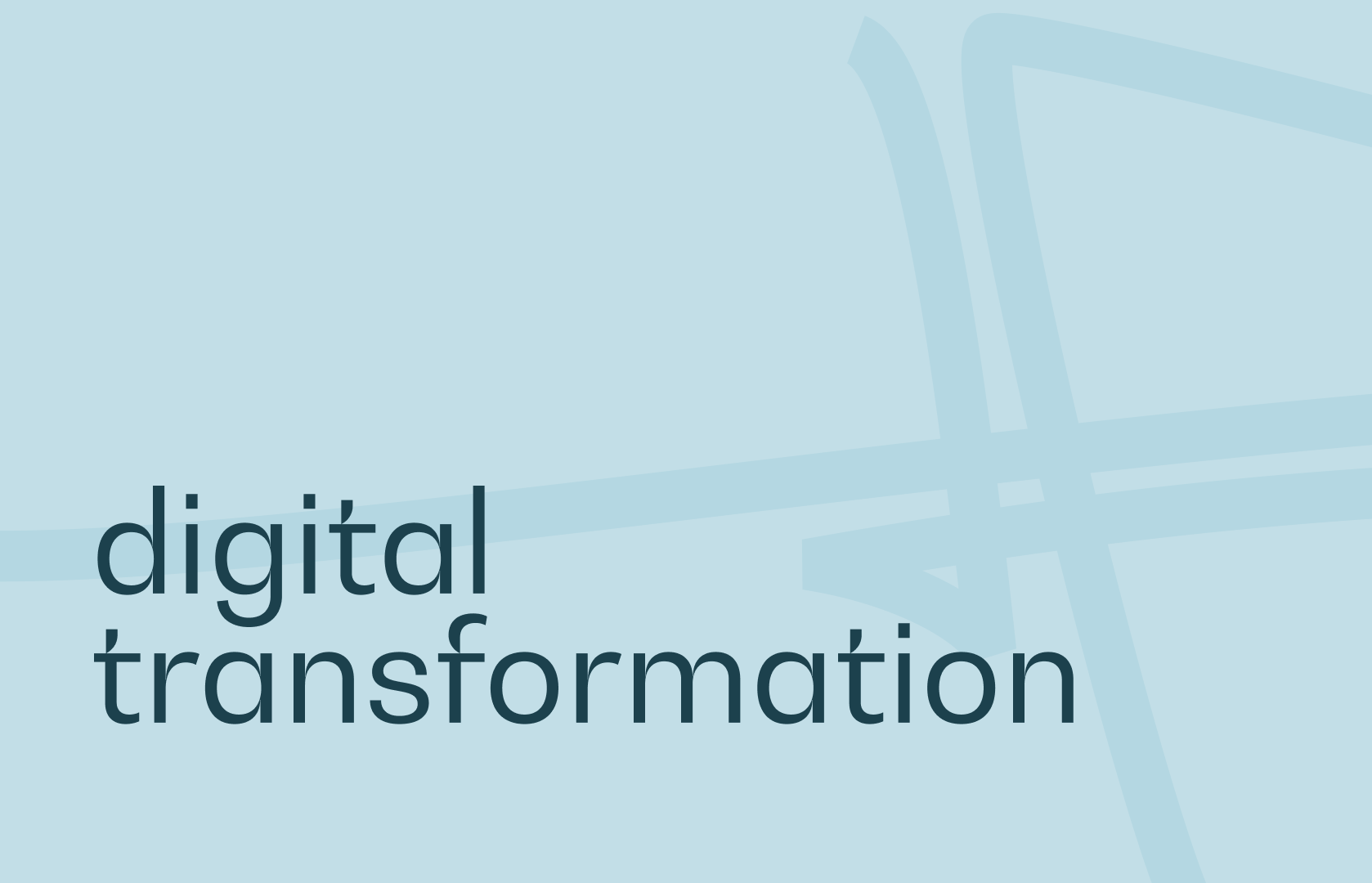A good memory is an important asset in life. Memory is an important cognitive function for human beings. It enables us to retain knowledge, know-how and memories. It can also be used to retrieve information for use with those around us. It plays a vital role in thinking.
In the context of vocational training or school apprenticeships, the ability to memorize is a major concern for trainers and parents alike. It’s a kind of library in your head, where you can consult books or improve certain content. There are 3 types of memory: auditory, visual and kinaesthetic.
Let’s take a look at the latter and how to learn when you have a kinaesthetic memory.
How memories work in men
All human memory functions within the brain. The hippocampus is home to working or short-term memory. It is in this area that the early signs of Alzheimer’s disease occur, leading to memory impairment. This structure is involved in two types of memory, episodic and spatial.
Episodic memory functions in three important stages, such as the encoding or input of information via sensory organs. This information is then stored and retrieved. The second is based on the presence of a mental map, which acts as an itinerary in the brain.
The importance of human memories
Memories are a vital tool that determine our success and our existence. It is one of the main pillars of intellectual training and development. It is therefore essential to adopt effective memorization strategies to help us organize information and stimulate our desire to learn new things.
For better memorization, each person has their own learning profile based on their memory type. It’s a real teaching aid in the field of professional training. That’s why all learners have their own way of revising and learning more easily.
Different learning profiles: visual, auditory and kinaesthetic
There are three different learning profiles that expose the three different types of memory and involve the five senses.
Visual memory, also known as eidetic memory
To memorize information, visual people rely on their sense of sight. They focus on photos, images or diagrammatic explanations. These individuals are more interested in the visual arts, such as photography, painting, decoration and so on. The memory palace technique is well suited to this profile.
Auditory memory
Auditory memory is one of the so-called perceptive or sensory memories. It’s the ability to retain information more easily with the sounds we hear. When a person is sensitive to sounds, prefers to repeat information aloud or while listening to music, they are probably an auditory person. This profile favors the sense of hearing.
Kinesthetic memory
Kinesthetic people need to move, manipulate, experiment, touch and feel objects in order to retain them and learn well.
No one is entirely visual, auditory or kinesthetic. It’s a question of innate preference, enabling learners to work on a mode of communication that best supports their learning.
Although children are born using tactile sensations, visual and auditory preferences come more quickly. You only need to observe them to know whether they are visual, auditory or kinaesthetic.
What is kinesthetic memory?
Memory plays a vital role in developing our learning capacity and personality traits. Kinesthetic memory enables us to memorize information using movements or sensations, whether physical or emotional.
Kinesthetic people therefore learn through their bodies. They need to perceive things or living beings to remember them, rather than speaking aloud or viewing images. The memorization process is achieved through touch.
In fact, tiny sensory sensors are located on the skin to sense vibrations, textures and temperature within the environment. Kinesthetes like to move all the time. Action helps them to memorize, instead of purely theoretical lessons.
Visual and auditory memory are the most widely recognized in conventional learning methods. Obviously, students sit on their benches in front of the blackboard, listening to the teacher to study.
Kinesthetic memory is sometimes omitted. Despite this, it is just as important as the others. So it’s in your interest to find out your profile, so you can choose the technique best suited to improving your memory. Kinesthetic learners need to work hard to learn in the best possible conditions.
How to recognize a kinesthetic learning profile?
know the learning methods used to retain knowledge more easily. By identifying how the learner functions, it’s possible to provide him or her with the right techniques for effective memorization.
A visual learner is one who values what he or she sees: color, images and graphic illustrations. Those who are sensitive to repeated sounds are auditory. Kinesthetes also memorize by rewriting, but also through taste and smell. They are often said to lack concentration, as they are always on the move.
To find out your learning profile, simply ask a simple question about what the learner thinks if you say “chocolate”, for example. If he imagines the chocolate bar without hesitation, he’s a visual learner. An auditory learner hears the spelling of the word “chocolate” echoing in his head, or the sound of tinfoil being torn. A kinesthetic person thinks about the taste or smell of chocolate.
How can I develop my kinesthetic memory?
As kinesthetes like to move, they need to make movements to work on their memory, such as walking, reproducing a graph or measuring with body parts. They need to experience what they’ve learned to ensure retention. Practical exercises, or at least simulations, are highly appreciated to optimize memorization.
If, during vocational training, the person concerned remains motionless, he or she will retain little and have difficulty memorizing. This being the case, they need a more comfortable and secure place to work. Convenience within the environment is more conducive to memory capacity and effective for revision. Learning methods that are too theoretical or verbal are not suitable for kinaesthetes.
How do you learn your lessons if you’re kinesthetic?
In the context of vocational or educational training, being kinesthetic requires the learner to adopt certain gestures, preferably with repetition, to learn and memorize information. It’s a good idea to write down everything you hear or see, summarize it or note down the essential data. Otherwise, textbooks and Internet sources should be used.
To improve kinaesthetic memory during training, you can create educational games such as question-and-answer quizzes, or use creativity. The trainer needs to attract attention by using concrete, appropriate examples. Practical exercises with objects to manipulate and memorize are always a must.
Theory is not enough. Ideally, you should be able to revise your lessons on a wall chart or even on index cards. Kinesthetic learners learn easily by rewriting. Participation and asking lots of questions are strongly recommended to give meaning to learning. Mind maps are also preferred for this type of learning profile.
What can you do if you have a kinesthetic memory?
To succeed in life, it’s essential to choose the right career path. This process is built up over time, and involves appropriate methods. People with a kinesthetic memory have special needs, particularly for sensations and movement. They like to move, to be always in action, and to take part in physical and sporting exercises.
As a result, these individuals are more adept at making and repairing objects, as well as at mechanics and manual activities. They also excel at DIY, cooking and other tasks requiring the handling of objects. They thrive as jewelers, carpenters, cabinetmakers, heavy equipment operators, plumbers and more.
Whatever the choice, the most important thing is that the kinesthetic apprentice enjoys what he or she is doing, and that it arouses lots of positive emotions.
How do you memorize as a kinesthetic?
Memorization techniques that work with a kinesthetic learner rely on movement and sensation. Of course, it is possible to reread and revise information with repetition to memorize well.
But these profiles require activities that involve bodily aptitudes (skills, strength, energy, endurance). So they tend to like sports, the arts, languages or music, concrete disciplines that can be put into practice immediately. To help them memorize what they’ve learned, they’ll need to be constantly on the move, like swinging or walking. A kinesthetic learner may have a preference for a particular method, but it’s a good idea to combine different techniques to get the best results.




